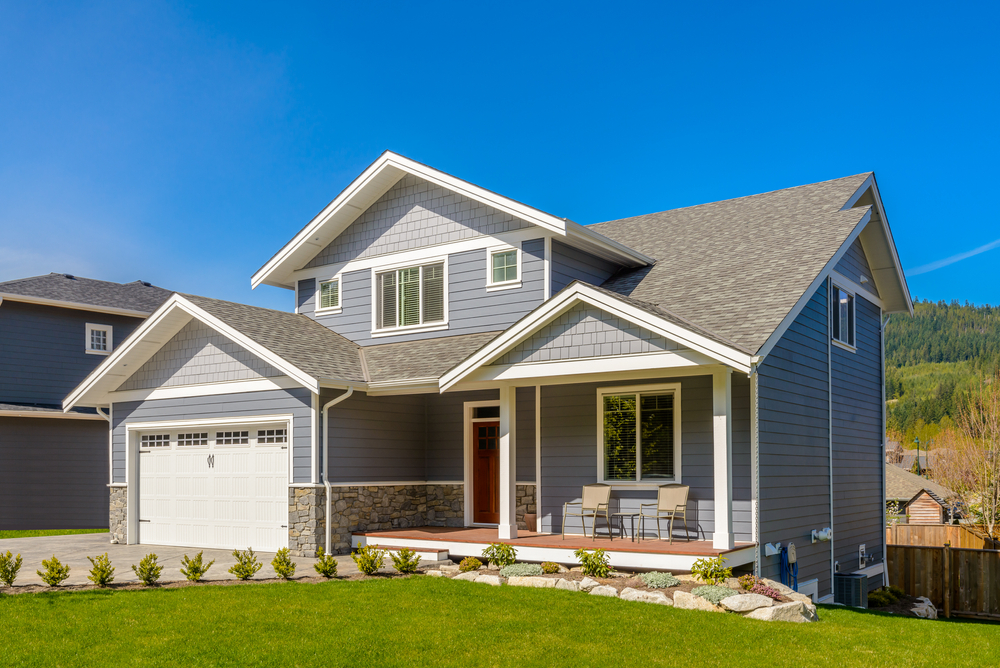How Home Value Is Calculated: Complete Homeowner Guide
Learn what determines a home's value and how to gauge it like a pro. This guide explains valuation methods (CMA, cost approach, appraisals), key influencers such as location, size, condition and market trends, and practical steps homeowners can take to boost property value. Ideal for sellers, buyers, and homeowners seeking accurate, actionable insight into property valuation, refinancing, taxes, and improvement ROI.

How Home Value Is Calculated: Complete Homeowner Guide
Common approaches to valuing a property
Assigning a dollar amount to a home combines data, professional judgment, and market context. Real estate experts commonly rely on several methods: comparative market analysis (CMA), the cost approach, and professional appraisal techniques that blend data with local experience. A CMA compares your house to recently sold, similar properties nearby—adjusting for differences in size, condition, and features—to estimate a realistic market price. The cost approach estimates how much it would cost to replace the structure today, subtracting depreciation and adding land value. Appraisers often use elements of both methods and may incorporate extra insights, such as replacement costs, recent sales trends, and neighborhood specifics, to arrive at a fair market value.
Key factors that shape home value
A wide range of elements influence what buyers will pay for a property. Some are controllable by the homeowner; others are determined by external forces.
- Location: Neighborhood desirability, walkability, proximity to public transit, amenities, and the reputation of nearby schools have outsized effects on value. Two identical homes can differ substantially in price purely because of location.
- Size and layout: Square footage, number of bedrooms and bathrooms, usable living space, and lot size directly affect valuation. Efficient layouts and usable outdoor space commonly add value.
- Age and condition: Newer or well-maintained homes generally command higher prices. Deferred maintenance, structural issues, or outdated systems reduce value until addressed.
- Upgrades and renovations: Thoughtful improvements—particularly to kitchens, bathrooms, and systems like HVAC—can increase appeal and resale price. Not all projects yield equal returns, so selecting the right improvements matters.
- Market dynamics: Local supply and demand, interest rates, employment trends, and broader economic conditions influence prices. Fast-moving markets can push values up quickly; downturns can depress them.
- Zoning and local policy: Land-use rules, upcoming developments, or changes to zoning can either enhance or constrain property value.
Why understanding your home’s value matters
Knowing what your home is worth supports several important decisions. Sellers use accurate valuations to set competitive listing prices and avoid leaving money on the table or deterring buyers by overpricing. Buyers benefit by recognizing fair offers and avoiding overpayment. Homeowners who understand their equity can make informed choices about refinancing, taking out home equity loans, or planning renovations. Accurate value estimates are also important for insurance coverage and for anticipating property tax assessments. In short, a reliable valuation helps with pricing, financing, risk management, and long-term financial planning.
How often should you reassess value?
There’s no single rule, but annual checks are a sensible baseline for most homeowners. If you plan to sell, refinance, or borrow against equity, obtain a current professional appraisal or consult a real estate agent for a fresh CMA. In volatile markets, more frequent assessments—every few months—can be warranted. Free online valuation tools and automated estimates can provide quick snapshots between formal appraisals, but they often rely on public records and algorithms and should not be the sole basis for major financial decisions.
Practical steps to increase property value
Homeowners can take concrete actions to protect and grow their property’s worth:
- Prioritize kitchen and bathroom updates: These rooms often offer the highest returns when remodeled thoughtfully. Focus on functionality and neutral, durable finishes.
- Improve energy efficiency: Better insulation, modern windows, efficient HVAC systems, and smart thermostats lower operating costs and attract energy-conscious buyers.
- Keep up regular maintenance: Address roof, foundation, plumbing, and electrical issues promptly to avoid value-eroding damage.
- Enhance curb appeal: Landscaping, a fresh coat of paint, and an inviting entryway create strong first impressions and can raise perceived value.
- Make cost-effective upgrades: Minor cosmetic improvements—new lighting, hardware, or flooring—can refresh the home at modest cost.
- Know your market: Invest in updates that local buyers value. A feature that raises value in one region may not be as desirable elsewhere.
| Upgrade | Typical Cost Range (USD) | Typical Impact on Value |
|---|---|---|
| Minor kitchen refresh | $2,000–$10,000 | Moderate |
| Full kitchen remodel | $10,000–$50,000+ | High |
| Bathroom remodel | $5,000–$30,000 | High |
| New windows | $5,000–$15,000 | Moderate–High |
| HVAC replacement | $3,000–$12,000 | Moderate |
| Landscaping/curb appeal | $500–$10,000 | Moderate |
Cost estimates are approximate and will vary by location, materials, and project scope.
Working with professionals and tools
For critical transactions—selling, refinancing, or major financial planning—consult qualified local professionals. A licensed appraiser provides an appraisal that lenders typically accept, while an experienced real estate agent can produce a CMA with up-to-date market intelligence. Online valuation tools and automated estimates are useful for quick checks, but they lack local nuance and on-site inspection. Combining multiple sources—online tools, agent CMAs, and formal appraisals—produces the most reliable picture of value.
Final considerations
Home valuation is part art, part data-driven science. While methods and tools differ, the core components remain consistent: comparable sales, replacement costs, condition, and market context. Regularly monitoring value, prioritizing maintenance and smart upgrades, and consulting local experts will help you make confident decisions—whether you’re selling, buying, refinancing, or simply tracking your investment over time.






